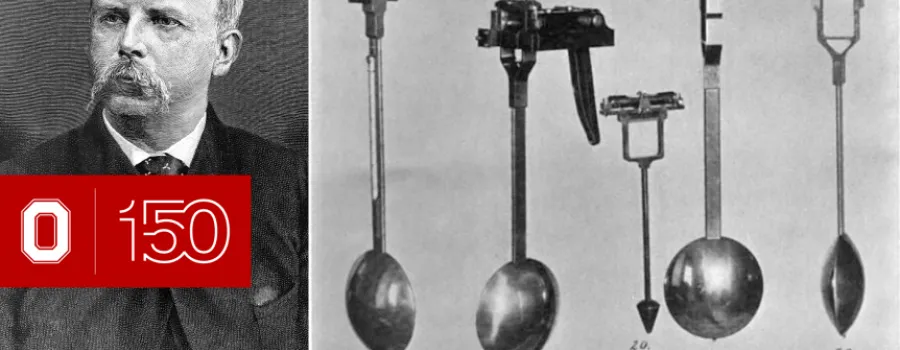
Thomas Mendenhall (1841–1924) was a self-taught physicist and meteorologist whose work focused on gravity, electricity, seismology and other areas of physics. He is perhaps best known for his 1890 invention of the Mendenhall Gravimeter, a pendulum-based instrument used for measuring the local gravitational field of the earth. This device provided the most accurate gravitational measurements of the era, and was widely used in geological field stations around the world.
Mendenhall later became the superintendent of the U.S. Coast and Geodetic Survey, where he oversaw efforts to specify the exact geographic boundary between Alaska and Canada. Mendenhall Glacier in Alaska is named in recognition of his work.
Mendenhall was a bit of a Renaissance scholar who also published in a field known as “stylometry,” the use of mathematics to analyze the word structure of the works of famous authors. Mendenhall applied his early research in this field to the writings of Shakespeare, Marlowe and Bacon (Mendenhall, 1887 Science, 1901 Popular Science). His work was later used by proponents of the theory that the works of Shakespeare were actually authored by Christopher Marlowe.
Mendenhall’s fascination with physical phenomena such as gravity and electricity also had a more macabre side, and one historian references experiments he oversaw as a teacher at Central High School in Columbus in 1872 in the use of electricity to reanimate corpses (library.osu.edu).
Mendenhall received Ohio State’s first honorary doctorate in 1878, and in 1919 became a member of the university board of trustees. He was elected to the National Academy of Sciences in 1887.